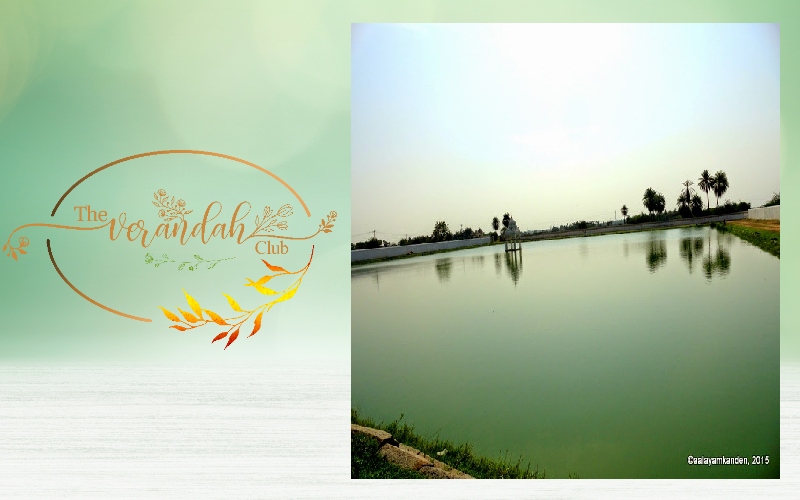
Name of the Deity: Thiruvirkolanathar
Name of the Goddess: Tripuranta Nayaki
Timings of the Temple: 6 AM to 12 Noon, 5 PM to 7 PM
Sung by: Thirugnanasambandar
Speciality: Theenda Thirumeni, Colour Changing Lingam
Contact Person: Mr. Manivasagam
Mobile Number: +91 94432 53325
Mythology
Lord Shiva was tasked with killing three asuras, Tharakaksha, Kamalaksha, and Vidyunmali, built a formidable flying chariot with a single arrow and other precious metals. He built it with Earth as interior, the Sun, and Moon as wheels, Brahma as charioteer, mount Meru as the bow, serpent Vasuki as string, and Lord Vishnu as the arrow. While setting out, he forgot to worship Lord Ganesha, the Lord of new beginnings. The latter, wanting to ensure protocols were followed even by his father, broke the axle of the chariot.
This made the chariot topple, and Lord Shiva in an attempt to retain balance, placed his bow on the ground, and stood up. The Vriddha Ksheera river (old Palar) flowing underground, gushed forth, and washed his feet. It came to be known as Koovam, referring to an underground source of water. Since Lord Shiva stood holding his bow, he was called Thiruvirkolanathar.
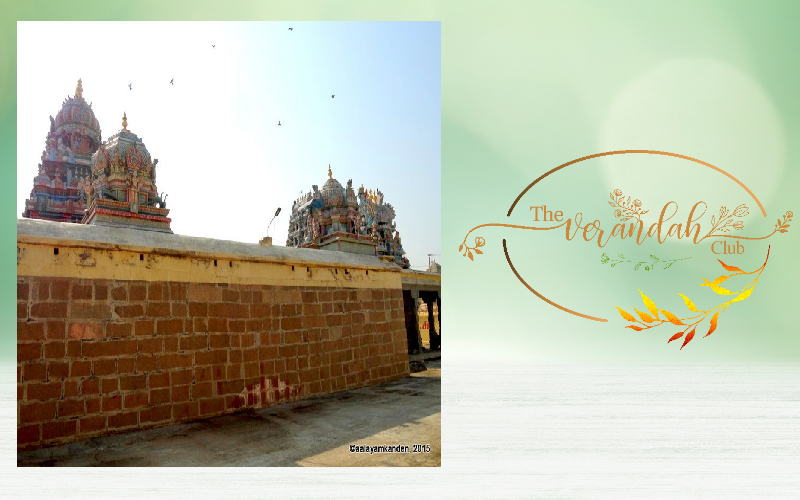
Speciality
The Lord is not touched by priests, a small stick is being used to adorn flowers brought from the temple grove at Pinjivakkam. The exterior of the Swayambu lingam turns white to denote abundant rains and red for drought. Water for abhishekam is brought from a tank called Abhishekha Kuzhi two kilometres away. The Lord appears as Thiruvirkolanathar holding a bow during the annual Brahmotsavam in the Tamil month of Chithirai.
Worshipping the Achirutha Vinayagar (the Ganesha who broke the axle of Shiva's chariot), before starting any new venture, guarantees success. The temple tank is called Achirutha Keni. Since the water rose and washed the feet of the Lord, there are no frogs or fishes here. Goddess Tripurantha Nayaki is found in a separate shrine to the right of the Lord. This position is known as Kalyana Kolam. The shrine has a separate Dwajasthamba and a vimana shaped, mini gopuram. An apsidal style of construction is found in the temple.
Saint Gnanasambandar in his ‘Thevaram’ mentions the prevalence of Jainism and Buddhism in Koovam. This has also been confirmed by Mylai Seeni Venkatasamy in his book, ‘Bouthamum Tamizhum'.
A huge, more than a life size Buddha was recovered from the fields of Koovam village several years ago, and was placed in the Chennai museum.
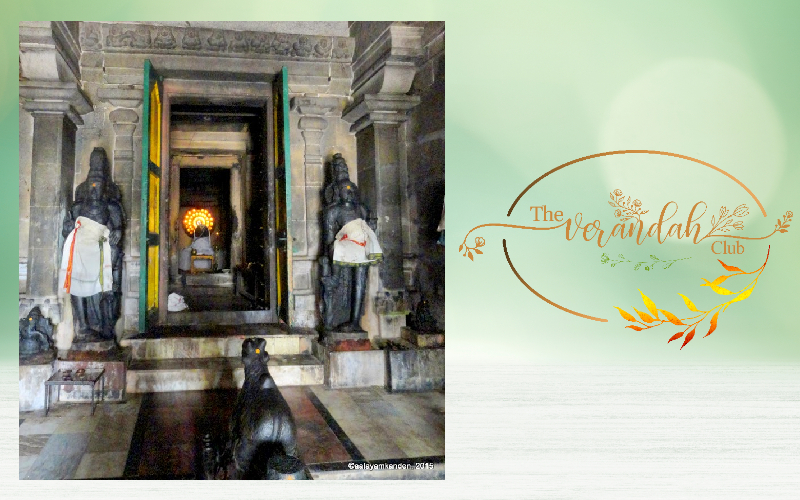
Inscriptions
During the rule of the Cholas, Koovam was called Madurantakanallur which was changed to Tyagasmudranallur, during the time of Vikrama Chola. An inscription of Rajendra II, 1057 AD, speaks about the sale of land for developing a feeder canal to the Koovam tank, then called Tribhuvanamadevi Periri.
As inscription of Kulothunga I – 1112 AD spoke about lifting of fishing and paddy taxes to fund the repair of the Tribhuvanamadevi Periri. There had been grants provided by Rajaraja II, Vijayaganda Gopala Deva, and Konerinmaikondan for conducting festivals at the temple.
How to reach here
Take the Arakonnam road after Saveetha Engineering College, and proceed towards Perambakkam till Mappedu. Further down, the road forks into two. Take the left. The temple is about 2 kms from there. The nearest railway station is Kadambathur, 7 kms away. Busses from Poonamalle are 591, 591A, 591C, 138B, 91P, 107.
(Extracts from ‘The Gods of The Holy Koovam' by Padmapriya Baskaran.)

Ms Padmapriya T S (Priya Baskaran) is an avid traveller and heritage enthusiast. She aims to create awareness about lesser known ancient heritage sites through her writing. Her blog Aalayam Kanden is among top Indian travel and spiritual blogs for the last six years. She advocates for heritage appreciation, conservation and sustainability through the Aalayam Kanden Trust of which she is the founder. This book is an outcome of the eighteen month mapping exercise undertaken by her as part of the Cooum - a cultural mapping group.
NEXT ARTICLE
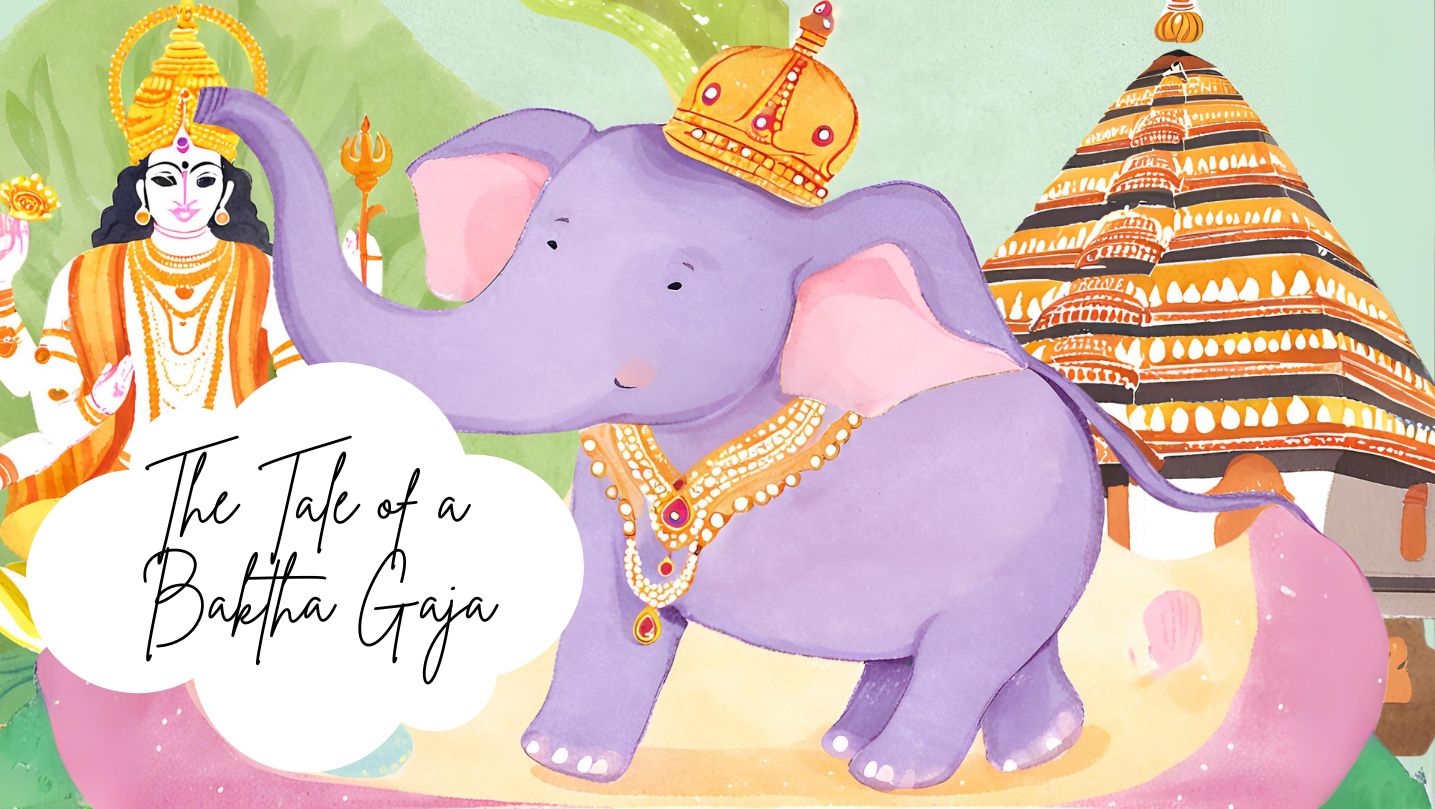
In the lush, green heart of Kerala lived an elephant who became a living legend - a tale of an elephant turned into a bakth. His name was Keshavan, bu...
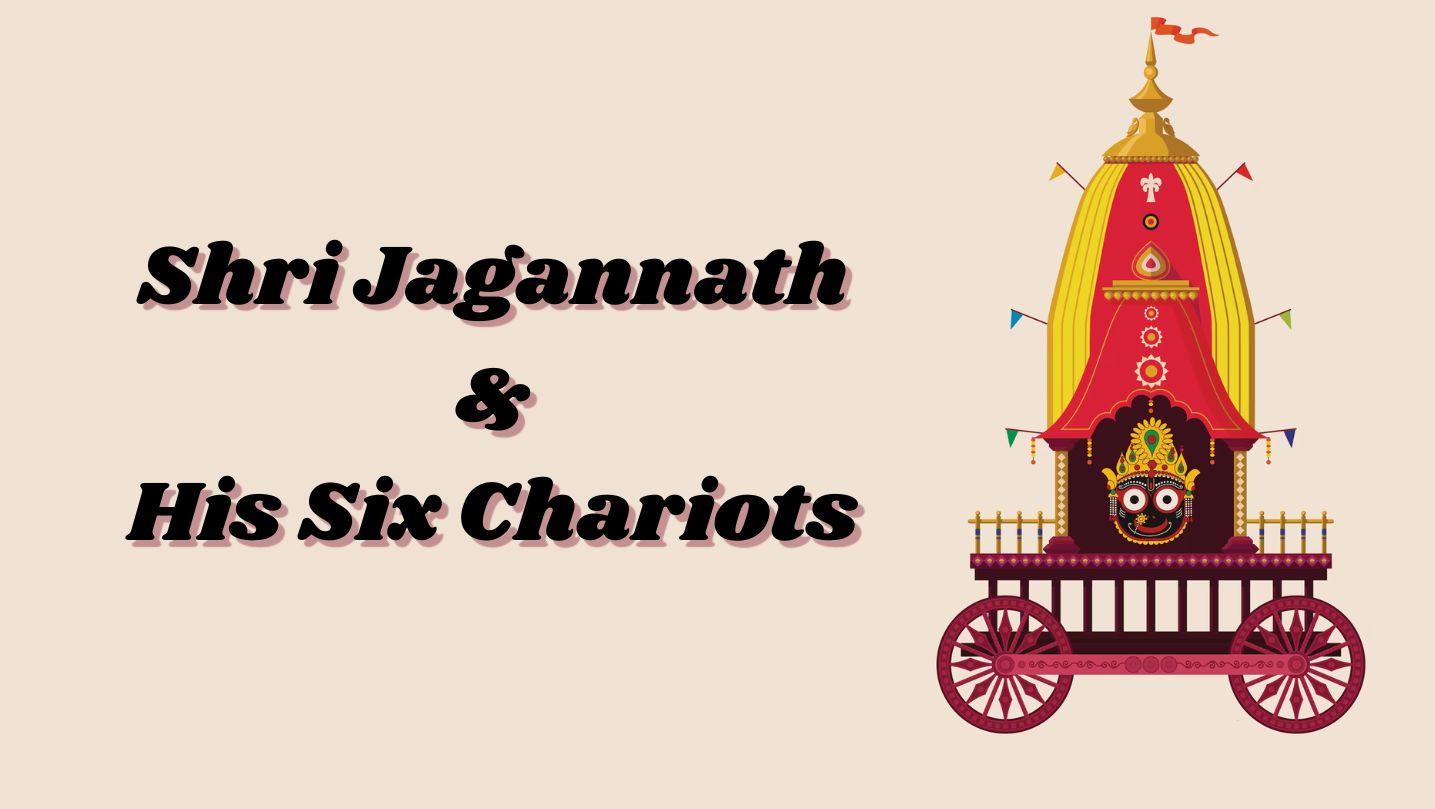
The Chaitanya Charitamrita by Shri Krishna Das Kaviraj provides a vivid description of the operations management of Shri Gundicha Yatra during the tim...
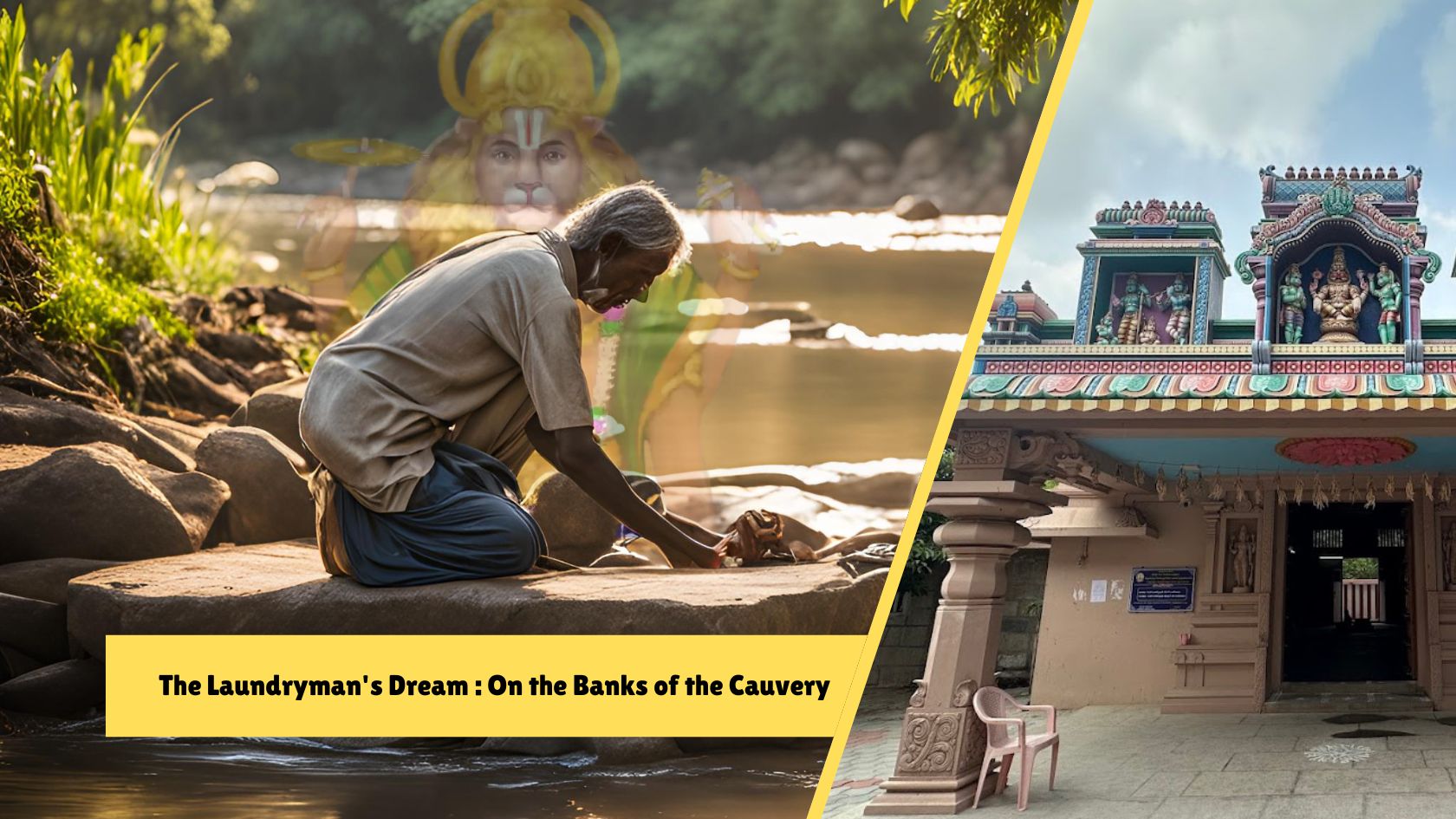
The sun beat down on my back as we stepped out of the car, the air thick with the humidity of rural Tamil Nadu. Chinthalavadi, a small village nestled...